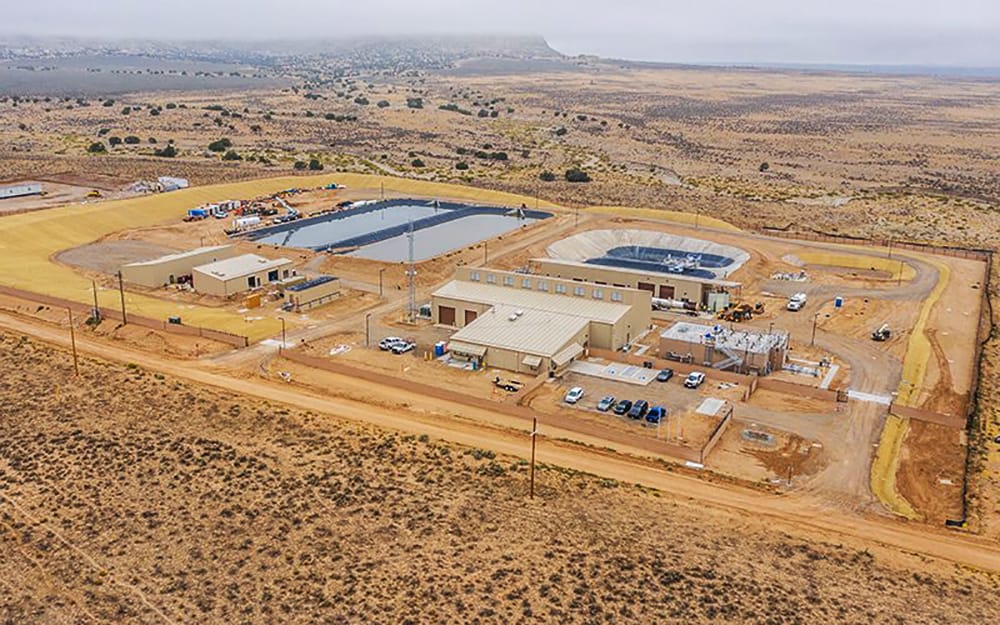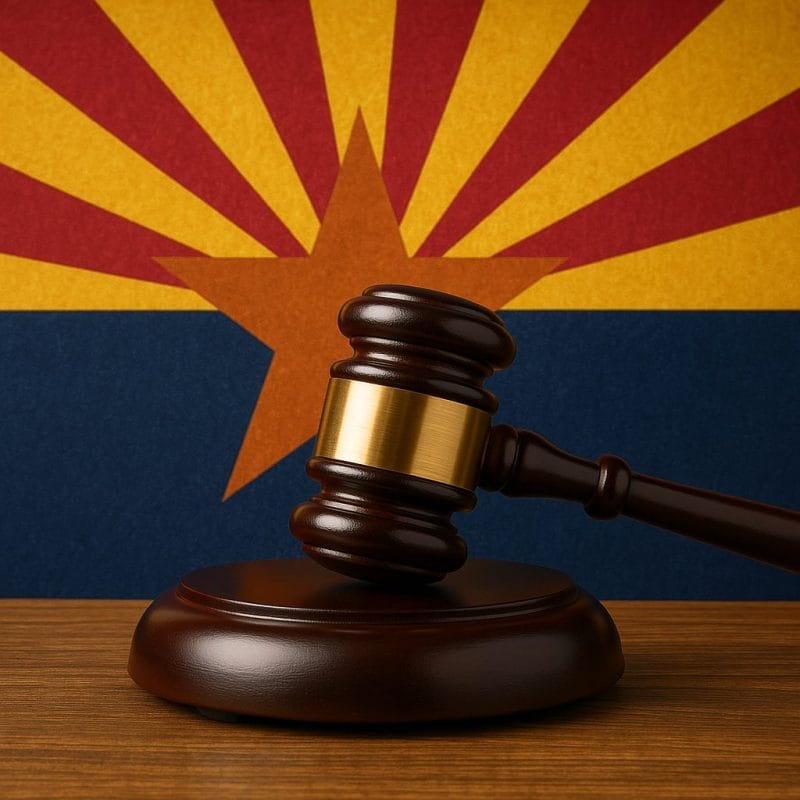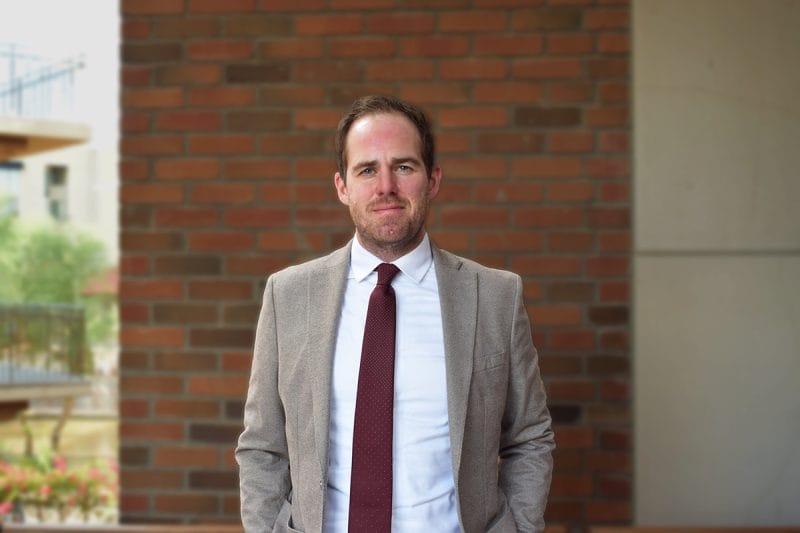The Cutter Lateral Water Treatment Plant was completed in 2020. It delivers clean water to 1,500 households in eight Navajo communities in New Mexico. /Photo courtesy of U.S. Bureau of Reclamation
By Emma VandenEinde | Cronkite News
Arizonans are facing water shortages as the Colorado River declines, but Teddy Lopez and many other residents of the Navajo Nation have lived without easy access to clean water for decades.
Lopez, 66, has learned that nothing is guaranteed – with water or in life.
“I just take it one day at a time and try to work what I can, what I can do,” said Lopez, who in August received news no one wants to hear.
“I have cancer, so I just take care of my family, I guess,” said Lopez, who lives with his wife in Lybrook, New Mexico, and his daughter and grandchildren come to cook meals for him every day.
There’s not much in Lybrook, a small town about 60 miles south of Farmington, to take his mind off his health. So Lopez gardens.
“I’ve got tomatoes. My garden, you know, it’s wonderful.”
But the water sustaining that bounty isn’t guaranteed, either. The Lybrook Water Association relies on groundwater, which is rapidly declining in the Four Corners area, and it has to do regular maintenance on its system.
“When they go clean the tank out … they tell us about a week ahead of time and then we store water,” Lopez said. “We store water for our toilet bowl, and we store water for bathing and stuff like that, in separate containers.”
Lopez is not the only one. Jason John, director of water resources for the Navajo Nation, said other areas of northern New Mexico and Arizona also desperately lack water – a situation he calls “life-altering.”
“In some parts of Navajo (Nation), it’s difficult to imagine us sustaining ourselves only on groundwater,” John said. “There’s many communities that don’t have reliable groundwater sources that we’re already importing groundwater from other places to get them water.”
Here’s what you need to know about Phoenix’s Climate Action Plan








